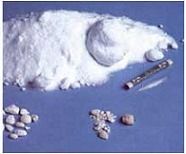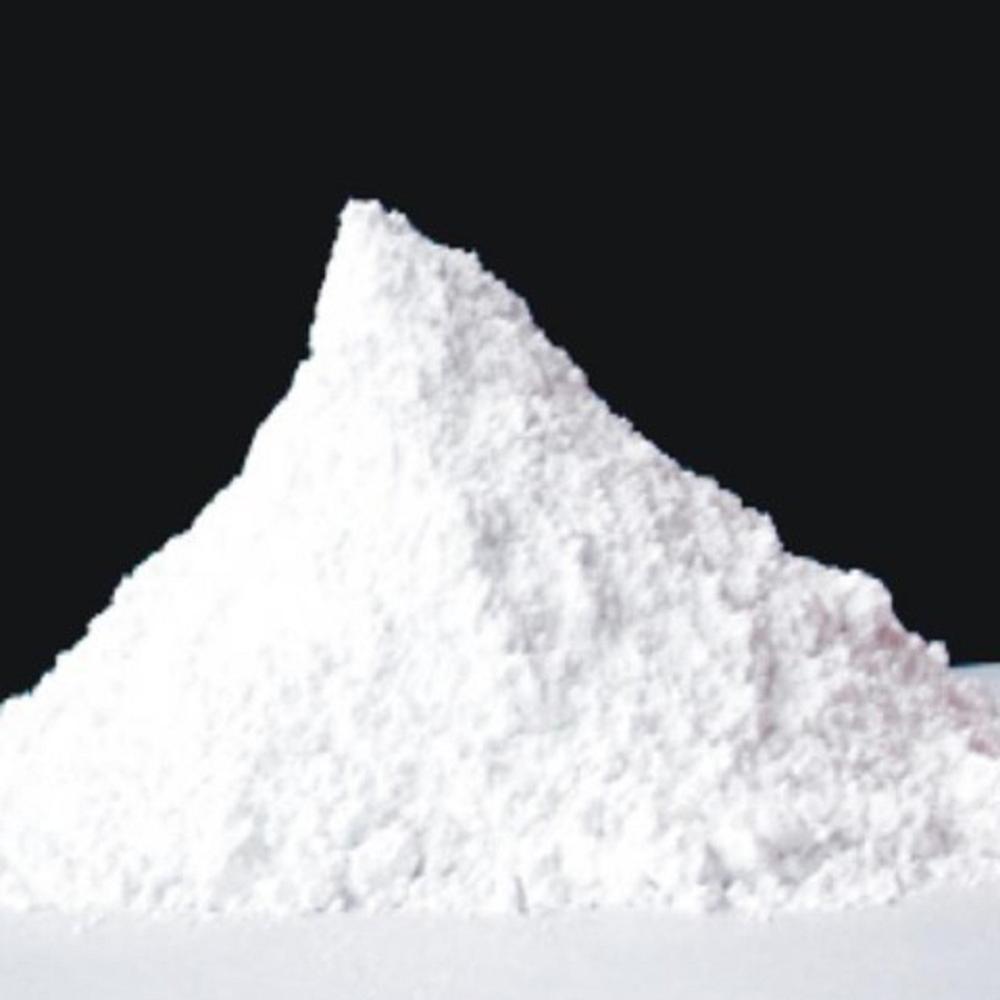Ricobendazole Powder
2800.0 INR/Kilograms
Product Details:
- Molecular Weight 281.3308 Grams (g)
- Shelf Life 3 Years
- Smell No Smell
- Molecular Formula C12H15N3O3S
- HS Code 29420090
- Solubility COMPLIES
- Ph Level (pH 7.4 )
- Click to View more
X
Ricobendazole Powder Price And Quantity
- 25 Kilograms
- 2800.0 INR/Kilograms
Ricobendazole Powder Product Specifications
- (pH 7.4 )
- C12H15N3O3S
- Animal Pharmaceuticals
- 3 Years
- 281.3308 Grams (g)
- No Smell
- Powder
- COMPLIES
- C12H15N3O3S
- 29420090
- 54029-12-8
- albendazole sulfate, is a benzimidazole
- 226-228 C
- C12H15N3O3S
- Keep away from moisture
- White to Off-White Powder
- 54029-12-8
- RBZ-NCs was 181.30 5.93 nm
- 98%
- Ricobendazole is a methylcarbamate benzimidazole with a broad-spectrum anthelmintic activity. Ricobendazole is a key metabolite of albendazole . It has been shown to induce apoptosis in human cancer cell line HT-29, possibly by arresting the cell cycle at the G2/M phase.
- 0.57%
- Other
- Veterinary Grade
- NA
Ricobendazole Powder Trade Information
- INDIA
- Cash Advance (CA), Cash in Advance (CID)
- 1000 Kilograms Per Day
- 7 Days
- No
- Free samples are available
- DRUM
- Asia, Australia, Middle East, Central America, North America, South America, Eastern Europe, Western Europe, Africa
- WE PROVIDES ALL KIND OF CERTIFICATIONS AS YOU REQUIRED
Product Description
Our team of highly qualified & experienced workforce helps us in offering our clients Ricobendazole powder. It is a methylcarbamate benzimidazole with a broad-spectrum anthelmintic activity. We use optimum quality compounds sourced from trusted vendors to process this compound. It is used as agent to treat tapeworm infestations in man or animals. It is broad-spectrum nematicide, taenicide and flukicide anthelmintic. It is effective against gastrointestinal & respiratory roundworms tapeworms and adult liver flukes. This compound should be stored in a tight container and placed in a dry and well-ventilated place.
Ricobendazole Properties:
- Synonyms: Albendazole oxide
- CAS Number: 54029-12-8
- Molecular Formula: C12H15N3O3S
- Molecular Weight: 281.33 g/mol
- Density: 1.41 g/cm3 (Predicted)
- Melting Point: 218.93 Degree C
- Form: powder
- Synonyms: Carbamicacid, [5-(propylsulfinyl)-1H-benzimidazol-2-yl]-, methyl ester (9CI);Albendazole sulfoxide;Methyl[5-(propylsulfinyl)-1H-benzimidazol-2-yl]carbamate;RS 8852;Ricobendazole;Rycobendazole;Carbamic acid,N-[6-(propylsulfinyl)-1H-benzimidazol-2-yl]-, methyl ester;
- Melting Point: 226-228Degree C
- Appearance: White to Off-White Powder
How does it work
In its orally administered form, ricobendazole is a modern anthelmintic with a broad spectrum, with complete action, that is effective against adult and immature forms of gastrointestinal and pulmonary nematodes, trematodes and cestodes.
Applications. Or where it is used
Ricobendazole is a methylcarbamate benzimidazole that has anthelmintic properties on a broad spectrum of pathogens. Ricodendazole is a metabolite of albendazole. There have been reports of it inducing apoptosis in human cancer cell line HT-29, possibly by arresting the cell cycle at G2/M.
Dosage of usage
It is a broad-spectrum anthelmintic effective against roundworms, tapeworms, and flukes (e.g. adults of Fasciola hepatica). Parasites external to the body are completely unaffected by it. It is the only benzimidazole that can be injected, as well as drenched. Many countries (e.g. Latin America) use it extensively, but it is rare in other regions. A rare case of pet or horse use exists.
Tell us about your requirement

Price:
Quantity
Select Unit
- 50
- 100
- 200
- 250
- 500
- 1000+
Additional detail
Mobile number
Email









 : nilesh.sheth70
: nilesh.sheth70
